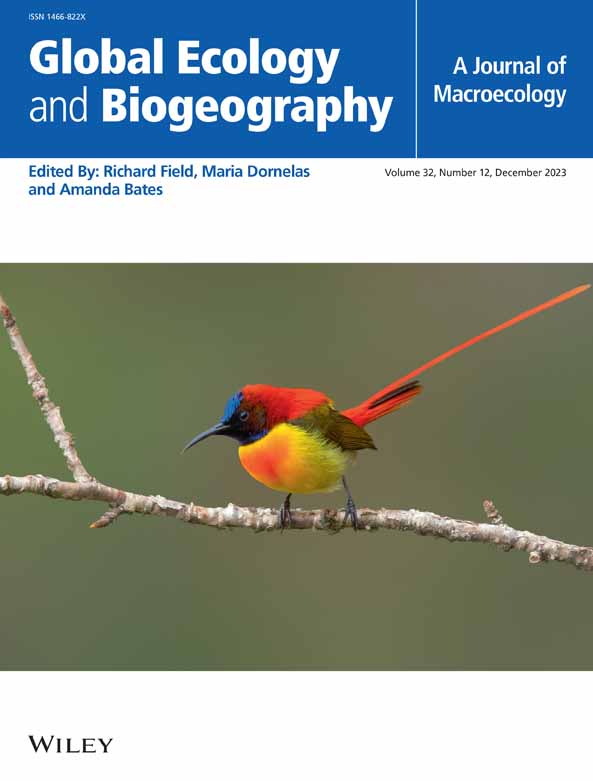Functional Traits and Phylogeny Explain Plant Phenological Variations Among Native and Non-Native Species in Botanical Gardens
Abstract
Aim
Phenological shifts are regarded to be the most pronounced indicators of global climate change. Worldwide, native species pools are being increasingly colonised by non-native species, thus shaping novel communities. Here, we investigate whether, and how, phenology varies between native and non-native species. We also examine whether functional traits and/or phylogeny can explain these phenological variations.
Location
Europe and Asia.
Time Period
2022.
Major Taxa Studied
Perennial herbs.
Methods
We studied multiple phenophases and functional traits of 427 plant species across 13 botanical gardens using the PhenObs monitoring protocol. We used linear mixed models to test for phenology and functional trait differences between native and non-native species. Boosted regression trees were employed to identify the functional trait predictors of phenology variance between native and non-native species. To test the effect of phylogeny on these phenological variations, we estimated phylogenetic signal using Pagel's λ.
Results
Native and non-native species exhibited distinct phenological patterns and functional traits. Native species started vegetative phenophases earlier than non-native species and senesced later. Similarly, reproductive phenophases varied, with native species flowering earlier and having longer flowering and fruiting durations. Native species also had higher specific leaf area, while non-native species had higher seed mass and larger leaf area. The variations in phenology were explained by garden location, leaf area, plant height, and leaf nitrogen. Most phenophases and functional traits showed low phylogenetic conservatism, suggesting a more important role of local environmental factors in driving these variations.
Main Conclusions
Our findings suggest that the phenological differences between native and non-native species, both in timing and magnitude, may change the community composition and structure under global change. Non-native species likely occupy a subset of native phenological niches, and this overlap may alter biotic interactions and ecosystem functioning. Future research needs to substantiate our findings under natural field conditions.

 求助内容:
求助内容: 应助结果提醒方式:
应助结果提醒方式:


